Using Watercolour to Paint Realistic Detail
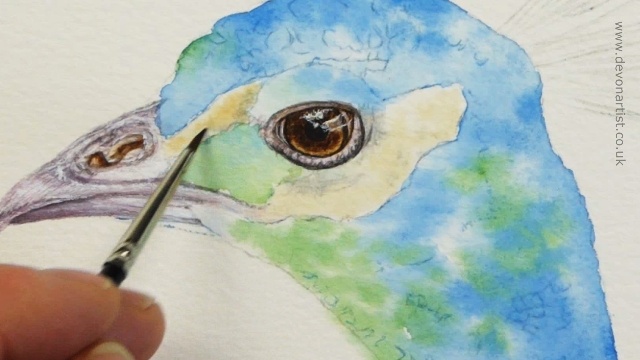
Should you follow my work, you will know I like using watercolour to paint realistic detail. However, the traditional way of using watercolour is to apply it wet-in-wet in a very loose style. The wet paper then allows the colours to merge and blend. Sometimes, if your paper is really wet, the colours even flow around on the surface. Artists will sometimes flick paint onto their paper and let the colours move and drip to give the impression of movement or life. They may even increase the tilt on the paper to get an even more dramatic run. Alternatively, the wet in wet technique can be used to create skies, suggestions of landscapes, animals and people. This impressionistic approach produces some wonderful paintings. They can capture a moment in time in a beautifully soft and often very vibrant way.
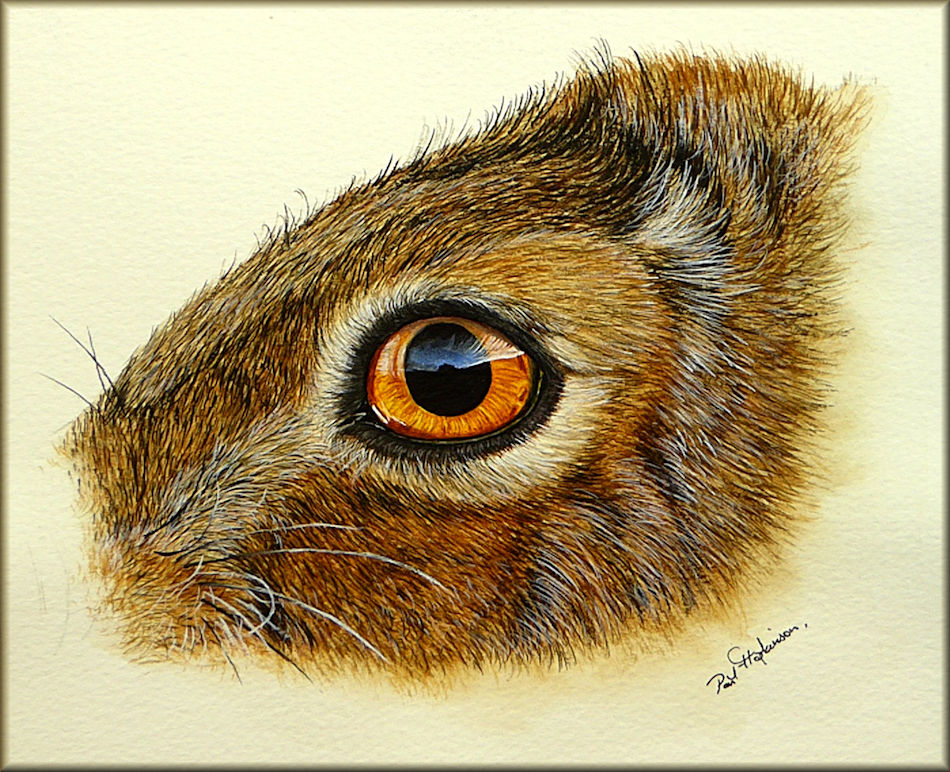
My watercolour style
My style as you can see is anything but traditional! I do use the wet in wet techniques to create backgrounds and suggestions of landscapes. I also use this technique within the foundation layers of my paintings. However, once these are in place I prefer to work with a tiny brush, often on a dry or slightly damp surface. Indeed, I like to have complete control on where I am placing the paint. My style is in fact more akin to the way a botanical artist would approach their work, with an absolute attention to detail. Alongside, a desire to replicate the subject in a way that is as realistic and true to that subject as possible. But achieving this, with what is in effect coloured water, requires a great deal of patience. It also requires a different approach to using the medium.
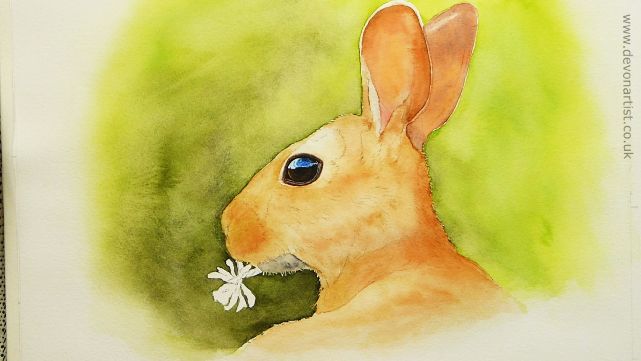
How I build up my realistic pieces
First, preserving the white of the paper for all the really light areas of fur within a rabbit, or the tiny light feathers in a bird would be almost impossible, it would certainly take a very long time! I do use masking fluid, but tend to reserve it for masking out my main subject. This enables me to apply the mottled / muted backgrounds around the outside. I may also use masking fluid to preserve a small area of white in a largely colourful subject. In addition, I have been known to use it to create a suggestion of layers and depth within teasel heads, nests, moss, grass or sand.
On the whole, I actually add my white highlights last, over the top of the colours. Initially I would use a mixed media approach with white gouache or acrylic as part of my kit. I simply used a fine brush and added the white as and where I needed it. However, I now favour using a watercolour white, bear in mind this has to be an opaque version. Used in the right way, you can achieve exactly the same as you can with gouache or acrylic.
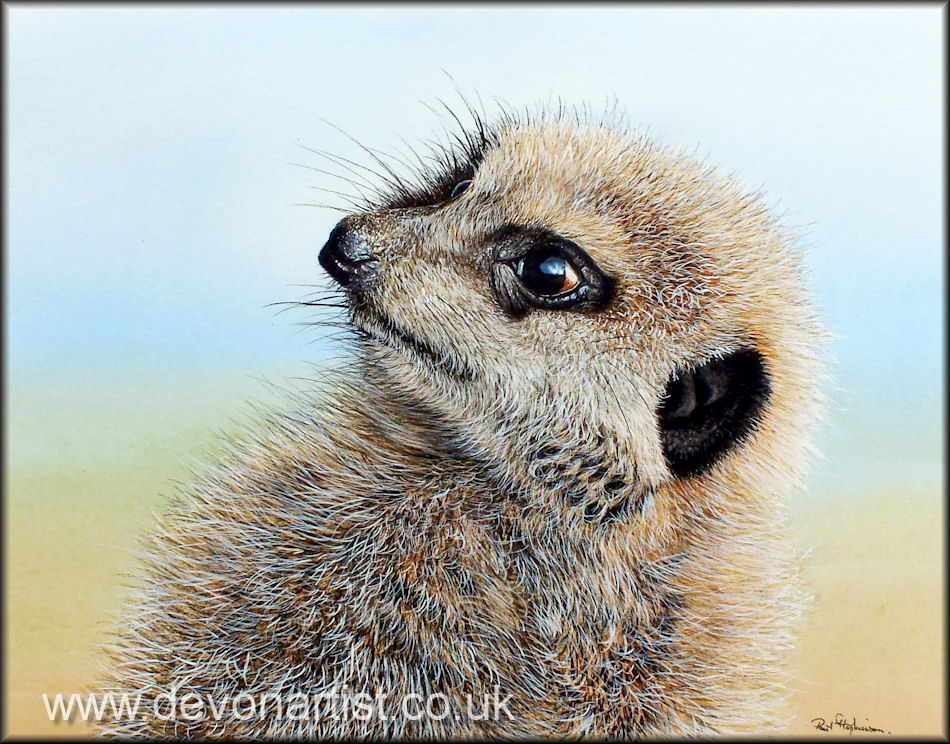
My favourite brush
Using watercolour to paint realistic detail means that I favour using very tiny brushes. My main ‘go to’ brush for fine detail is a * Winsor and Newton, Cotman Series 111 size 00. This is a good quality, synthetic brush made from a mixture of fibres. The thicker fibres give the brush strength, whereas the thinner fibres enable it to carry colour and water well. When working with my finer brushes, generally the surface needs to be really dry or at the very most slightly damp. This enables me to have much more control of the paint and water. Subsequently, allowing very precise lines and detail to be created. Working with a slightly damp surface creates a more blended look to the marks. This can work for creating depth, dimension and realism.
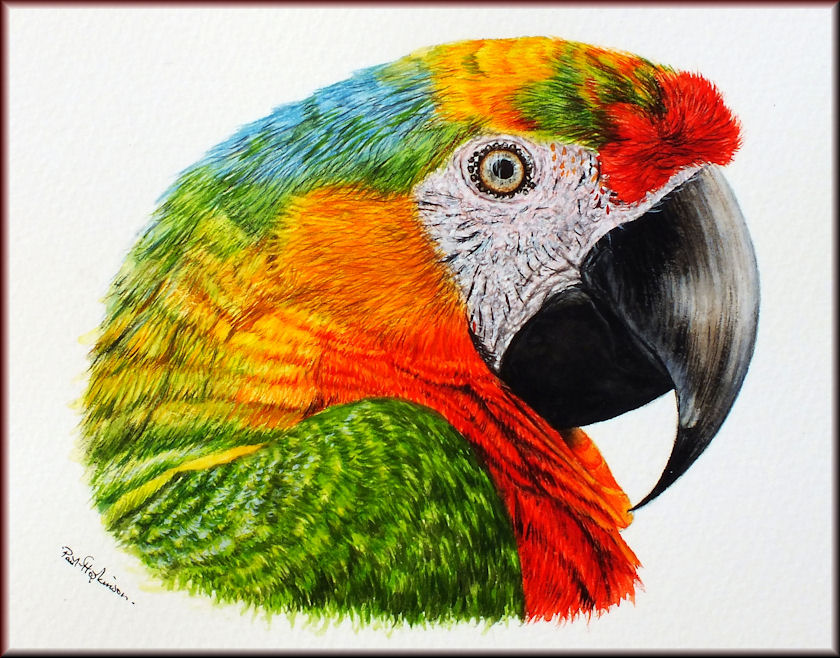
I am a firm believer in ‘doing what is right for you’. Personally, I like my paintings to be as realistic as possible. Whilst I am in awe of hyperrealism, this is not a style for me to personally try and achieve. I prefer my paintings to look like paintings. Maybe a bit real at first glance, but certainly a painting when you get up close. How about you, do you like using watercolour to paint realistic detail or do you prefer another style and why?
Until the next time, don’t forget to keep them brushes wet!
Paul
* I may earn a small commission at no extra cost to you from the link above.



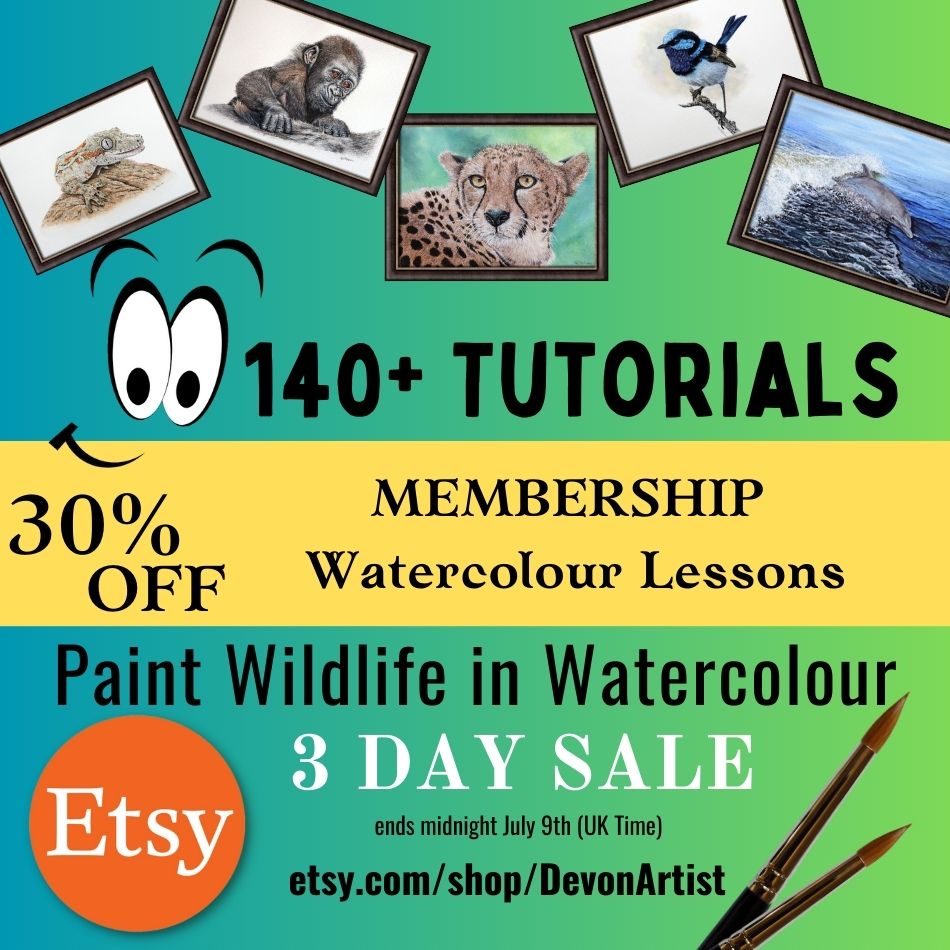
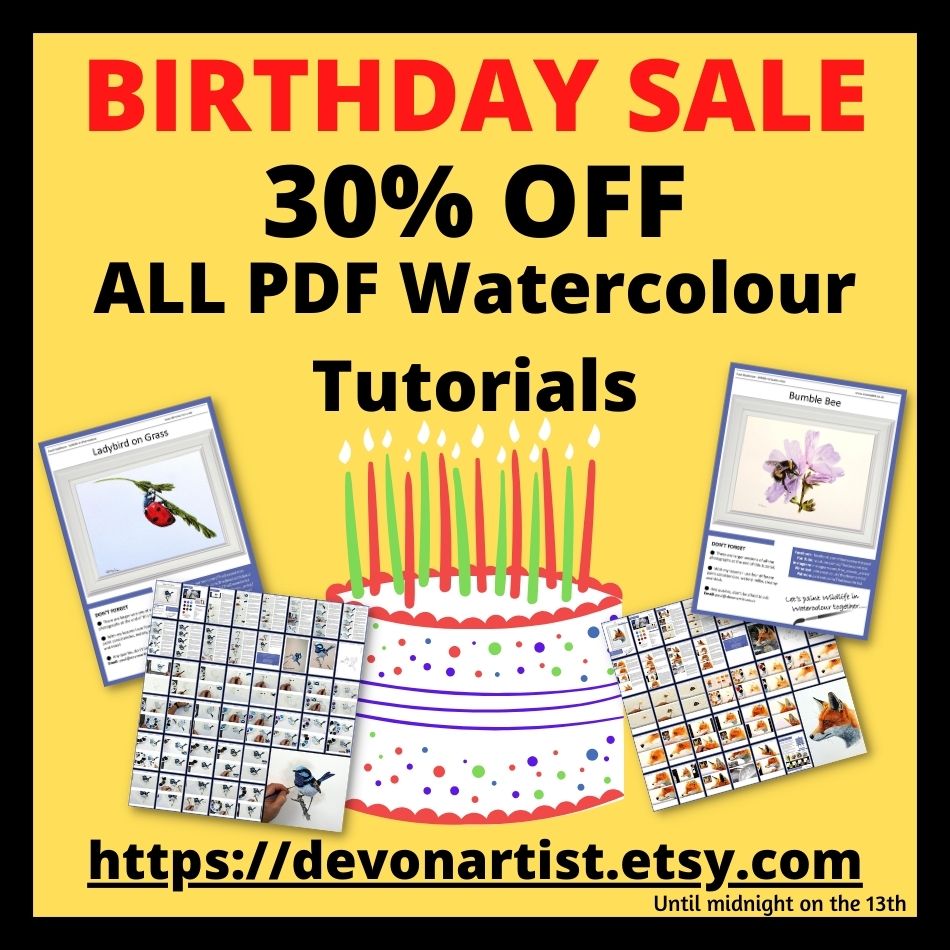
5 responses
Good article…
Thank you so much for giving us your technique and tips. I’m ordering the super fine brush that you use for detail. I agree with you on photorealistic versus realistic as far as watercolor painting goes. I try to copy the image as closely as I can, but am still working on my skills. What paper do you use for your watercolors? I’m currently painting a Koala Bear and it has, without a doubt, been the most difficult painting so far. The fur is almost impossible to replicate. I’ve tried everything from q tip swabs to toothpicks to sea sponges. I also tried every brush you could think of as well, but nothing worked except for the sea sponge.
Hi Linda, I’ve never tried painting a Koala yet, maybe one for my Patreon projects list!
The paper I use is Bockingford 140lb CP and a good mid-range paper, 100% cotton.
Thank you for reading my blog.
Paul 🙂
Thanks for the article!
You’re welcome Irma.